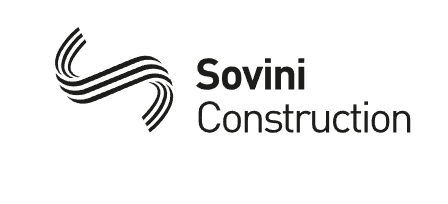Title Page
-
Organisation
-
undefined
-
undefined
-
Conducted on
-
Prepared by
-
Head of Directorate
Management Commitment
-
How are the above points demonstrated to the workforce?
Communication
Employee Involvement
Training and Information
Motivation
Procedural Compliance
Learning
Summary












